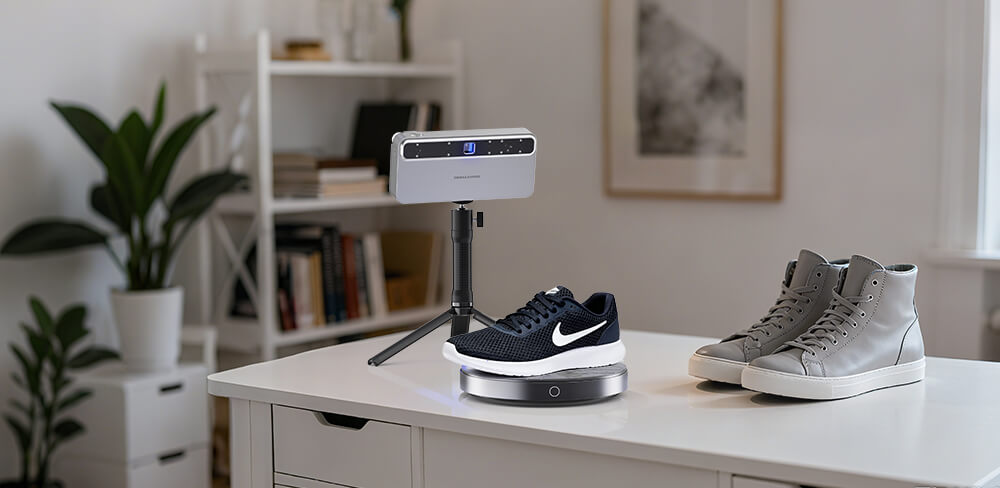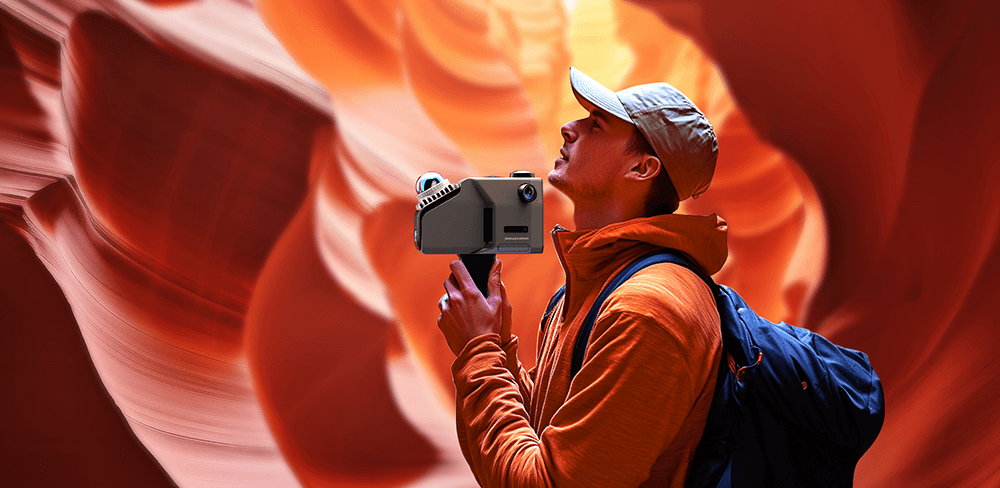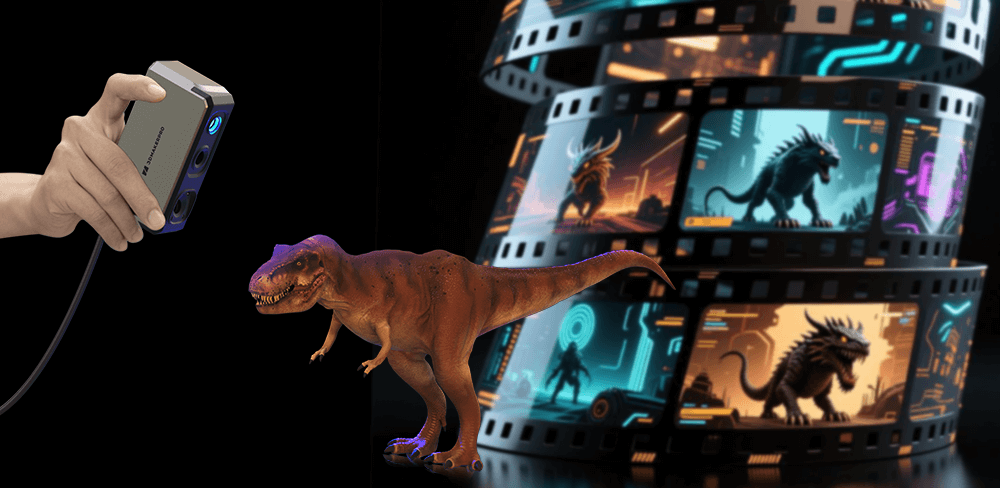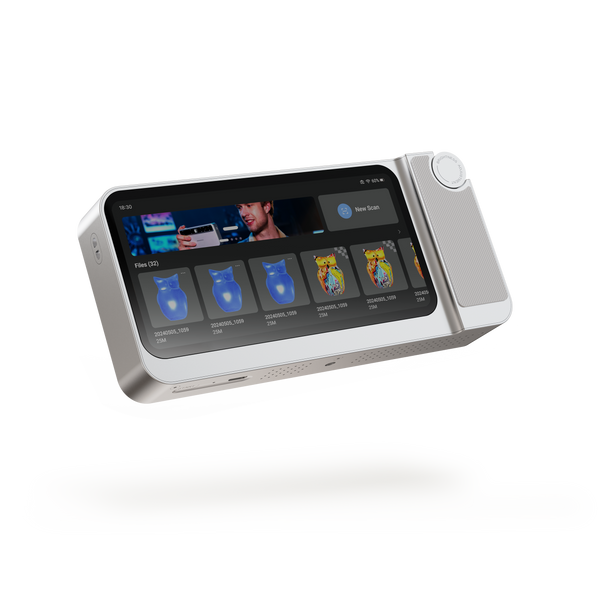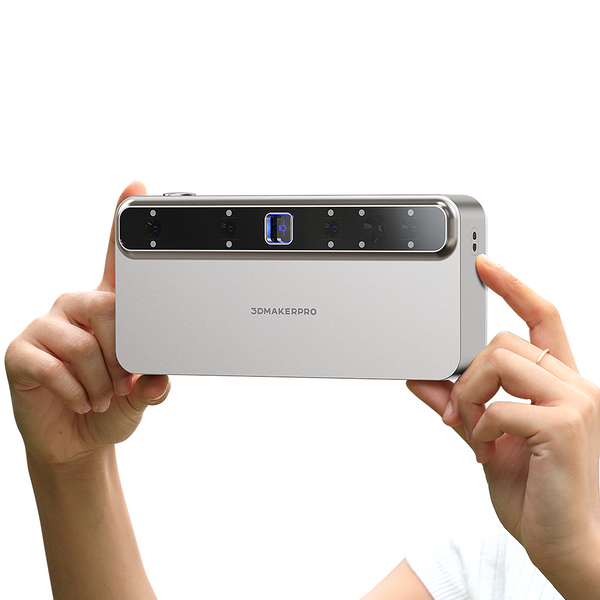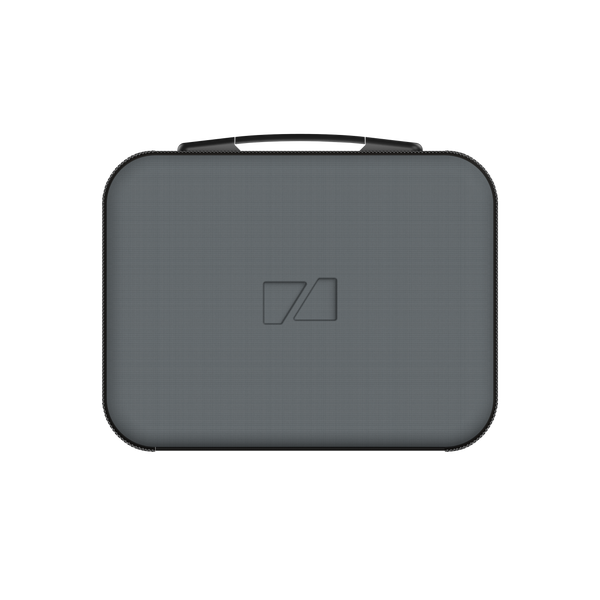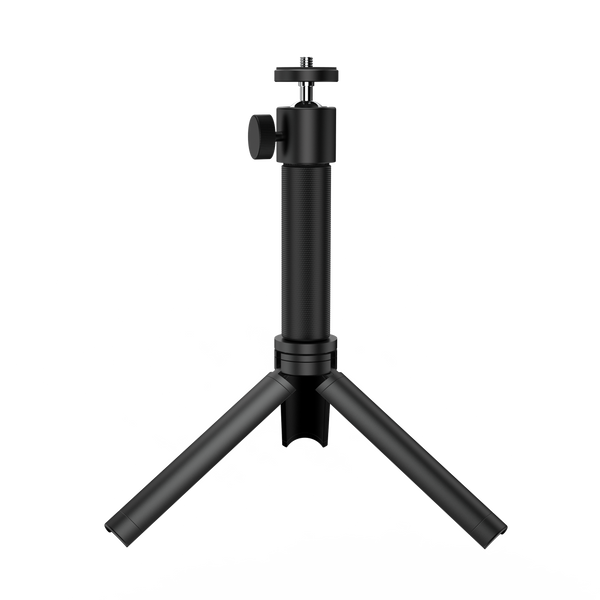In the rapidly evolving realm of 3D printing, the ability to convert real-world objects into digital models is revolutionizing industries from manufacturing to art. The Toucan 3D Scanner is vital in this process, enabling the creation of accurate 3D printer models that can be directly utilized for printing. This capability is particularly crucial in applications such as reverse engineering, prototyping, and custom product design.
How Phase-Shift Structured Light Scanners Work
The scanning process involves projecting patterns, capturing reflected light, calculating phase shifts, and creating 3D printer models. This method is rapid and can produce detailed models within minutes, making it ideal for applications in manufacturing and healthcare. For example, manufacturers can quickly create prototypes for testing, while healthcare professionals can generate custom-fit medical devices in less time than traditional methods. The speed and accuracy of phase-shift scanning enhance productivity in these sectors and provide crucial insights into how to make 3D printer models that meet specific requirements.
Advantages of Phase-Shift Scanning
Phase-Shift Structured Light Scanners offer high resolution, speed, and robustness, making them versatile for various applications. Their ability to capture fine details is particularly beneficial in art and heritage preservation, where accuracy is crucial for digital archiving. In manufacturing, the quick turnaround times enable companies to iterate designs and improve product quality efficiently. Thus, the advantages of this scanning technology play a significant role in enhancing workflows across multiple industries. The Toucan 3D Scanner features four 3D cameras and one 48 MP RGB camera, and it adopts a blue laser structured light source (Class 1/Class 3R), which enhances its accuracy and efficiency in producing 3D printer models.
Applications of 3D Scanning with Phase-Shift Technology
Manufacturing
In the manufacturing sector, Phase-Shift Structured Light Scanners play a pivotal role in quality control and reverse engineering. By capturing the exact specifications of parts, manufacturers can ensure that components fit together seamlessly, minimizing waste and improving production efficiency. This technology allows for rapid prototyping, enabling teams to test designs quickly and make necessary adjustments before moving to full-scale production. The ability to scan existing parts for modifications or replacements further enhances operational capabilities, driving innovation in product design and how to make 3D printer models.
Healthcare
The healthcare industry benefits significantly from 3D scanning technology, particularly in creating custom prosthetics and dental implants. By capturing the unique anatomy of patients, healthcare professionals can design and produce devices that fit perfectly, enhancing comfort and functionality. This level of customization not only improves patient outcomes but also streamlines the manufacturing process, reducing lead times. Additionally, 3D scanning aids in surgical planning by providing detailed anatomical models that help surgeons visualize complex procedures. The Toucan 3D Scanner boasts single-frame accuracy of ≤ 0.03mm for small objects and ≤ 0.10mm for large, along with resolutions of ≤ 0.03mm for fixed shots, enabling the precise creation of accurate 3D printer models.
Art and Heritage Preservation
In the realm of art and cultural heritage, Phase-Shift Structured Light Scanners are invaluable for digitally preserving sculptures, artifacts, and historical sites. By creating high-resolution digital models, museums and galleries can archive and share their collections without risking damage to the originals. This technology allows for virtual exhibitions and educational programs that make art more accessible to the public. Moreover, digital preservation ensures that cultural heritage can be maintained for future generations, safeguarding history in the digital age. With a working distance of 200–1000 mm and a scan speed of up to 15 fps, the Toucan 3D Scanner enables efficient recording of cultural relics, allowing us to protect them while creating 3D printer models.
Industrial Design
Industrial designers utilize 3D scanning technology to facilitate rapid prototyping and design iteration. By quickly capturing and analyzing designs, they can make informed decisions and refine concepts before moving to production. This iterative process leads to more innovative designs, as teams can explore multiple variations without the constraints of traditional modeling methods. The ability to scan existing products for enhancements or new features further enriches the creative process, allowing designers to push boundaries and realize their visions. The Toucan 3D Scanner includes built-in model processing software, which truly realizes integrated scanning processing and greatly improves the efficiency of engineers in creating 3D printer models.
As 3D printing continues to evolve, 3D scanning technology will become increasingly important. Toucan Phase-Shift Structured Light Scanners offer a powerful means to convert real-world objects into accurate digital models, enabling a wide range of applications across multiple fields. By embracing this technology, industries can bridge the gap between the physical and digital worlds, enhancing creativity, efficiency, and innovation in their projects. The future of 3D printing is bright, and scanning technology is at the forefront of this exciting evolution, providing invaluable support in how to make 3D printer models.








